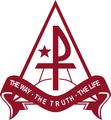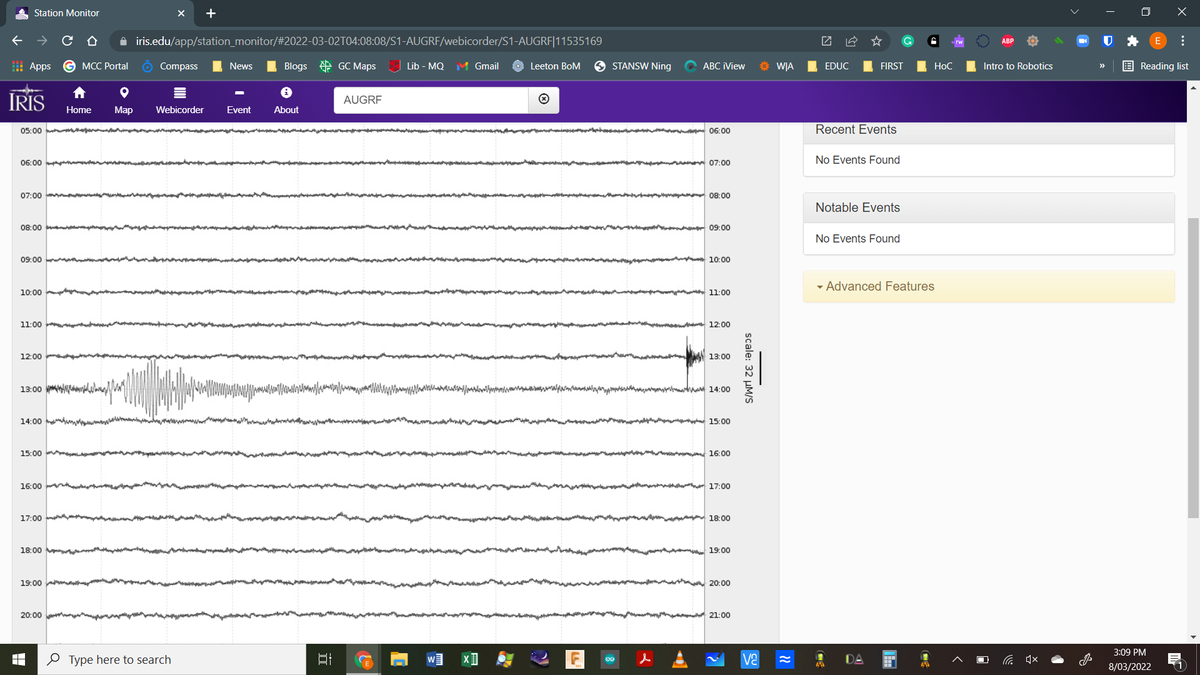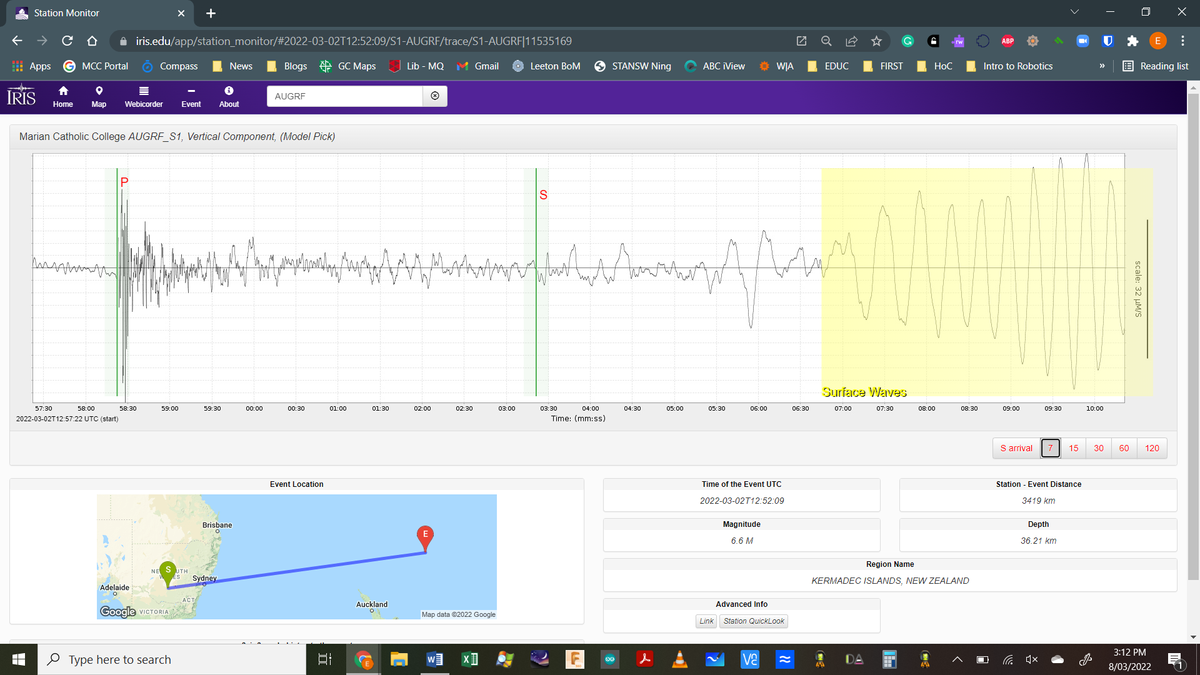Stem News

We’ve fully engaged with our topics in years 9 and 10 Industrial Technology – Engineering.
Year 9 have been working on Engineering Fundamentals and have progressed to designing, constructing and optimising hydraulic systems. Their focus is on building a functional, easy-to-use hydraulic arm system. A number of students have found that placement of the mounting points for their model cylinders has made other parts of their model more difficult and that centre of balance is an important thing to consider when you want to reach long distances with your arm.
Year 10 have been working with rockets in the Design for Space unit for the past few weeks. Using a combination of Kerbal Space Program and compressed-air rockets, they have been tasked with designing a rocket that will launch from the ground, attain a reasonable altitude and return to the ground without being crushed. Other model rockets use a small explosive charge to eject a parachute, streamer or other device and our students are having difficulty working around not having that rapid energy source for their designs. I have every confidence we will succeed with a minimum of rockets being trapped in trees and on rooves around the school.
Seismometer @ MCC
I always like to keep an eye on the seismometer that we’ve got at Marian Catholic College.
It’s part of the Australian Seismometers in Schools (AuSIS) project and the data that it generates is used by researchers across the world to allow for the detection, quantification and location of earthquakes.
However, the main reason I like looking at the data is seeing a little wobble in the line similar to what we’ve got below, just to the right of the 1300 mark.
That’s an earthquake! And from the looks of it, it was a big one as well.
Let’s see if we can find out a little more information…
I was right! It was a big earthquake, a magnitude 6.6 earthquake 36km below the surface near New Zealand. Seeing as it was 3500km away, it’s quite small on our seismometer, but if you were standing above it, the earthquake would have caused major damage to populated areas.
For comparison, the Newcastle earthquake in 1989 was magnitude 5.6.
If you’d like to keep an eye on our seismometer, you’ll find it at:-
https://www.iris.edu/app/station_monitor/#Today/S1-AUGRF/webicorder/S1-AUGRF|11535169 and there’s a monitor outside the Science Labs that shows the raw data from our seismometer.
You never know. You might spot an earthquake!
Mr Elijah Marshall
Science and STEM Teacher




